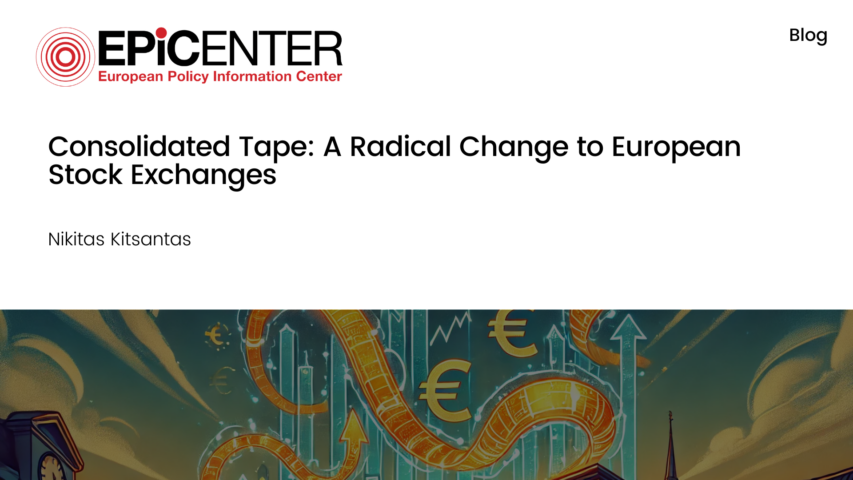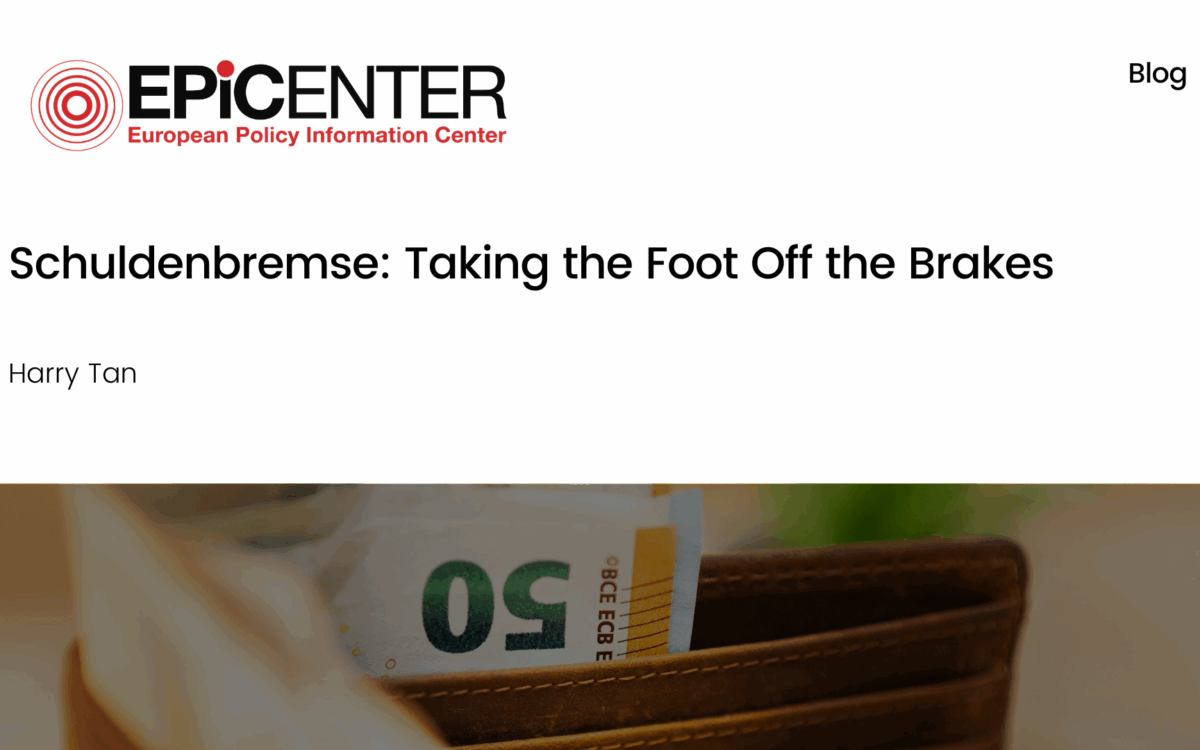Consolidated Tape: A Radical Change to European Stock Exchanges

Consolidated Tape: a Radical Change to European Stock Exchanges
Nikitas Kitsantas // 31 January 2022
European stock exchanges are keenly waiting on the details about the implementation of a consolidated ticker tape. A stock exchange’s ticker tape reports the most recent price of a stock based on its last trade along with the volume. It also compares whether it was an “up or down tick” from its initial price from the open. Currently, each stock exchange in Europe has its own ticker tape that records market data on transactions on its own exchange, which has created a fragmented trading environment. It is this fragmentation that is disputed in terms of whether it can be solved through the implementation of a consolidated ticker tape.
The consolidated tape will present a clear overview of the exact scope of the financial instrument being traded. It will function by consolidating all information in a single database, removing their ability to individually sell market data. In return, stock exchanges will be rewarded with a “revenue-sharing mechanism” to motivate them to continue to contribute high-quality data.
However, the need to consolidate the fragmented European stock market has been disputed. On the one hand, from the perspective of large European stock exchanges, the fragmented market has allowed for increased competition, which enables them to obtain optimal prices from market forces. A Ngenda Oxera study compared the EU fragmented market to the US’s own consolidated tape (TRACE) for fixed income securities in terms of their performance on the liquidity metric called implementation shortfall. The study highlighted that large financial centres in Europe performed as well as US centres in equity markets (see Figure 1).
Figure 1: Implementation Shortfall in small and large financial centres in the EU and the US, 2009-19 (bp)

Participating in multiple stock exchanges in search of the highest liquidity contributes to the alignment of prices on securities and diminishes variations in prices between different exchanges. Hence, the implementation of a consolidated tape to tackle fragmentation would be unnecessary.
On the other hand, from the perspective of the end user, a consolidated tape’s most effective application is in enabling pre-trade analysis to inform traders’ and investors’ trading strategies to “determine how to best execute the order” in a fragmented environment. By considering the risk of the instruments being traded using information on current prices and volumes, the locations of those orders, and the bid-offer spread, a complete, accurate, and filtered consolidated data set would provide the most optimal pre-trade analysis. A study conducted by Market Structure Partners on an order of €10 million on Munich Reinsurance Company stock during an average trading day compared the impacts of using a filtered and unfiltered data set. The stock, as measured in an unfiltered data set, reported a 2.71% return on investment for that day. Subsequently, the trading strategy concluded that 51.89% should be directed to the off-exchange due to the lower calculated liquidity in the lit market, which will receive 35.09% for continuous trading. However, alternatively, for the same order, a filtered data set showed a return of 5.41% (vs 2.71%) on the investment. Due to the higher turnover, the trading strategy instead directed 70.15% (vs. 35.09%) towards the lit market due to its higher liquidity and only 3.84% (vs. 51.89%) to the off-exchange. The substantial difference in allocation demonstrates the importance of a well-informed trading strategy to avoid both losing out on good liquidity and making a lower return on investment. The response of 43 equity asset managers shows their estimations of “the costs to their annual trading strategies of not having complete and accurate CT to forecast trading costs”. Hence, the consolidated tape would improve market efficiency in the allocation of investments.
Moreover, European stock exchanges have been shown to take advantage of their market position in the fragmented environment by exploiting asymmetries in information when it comes to selling data to end-users. The use of exchanges as proxies for the entire market enables them to ramp up prices for their data and benefit from “persistent market failure”. A Copenhagen Economics study demonstrates this exploitation in exchange mark-ups. Rather than observing a reduction in the cost of market data with technological improvements, exchange market data revenues are “far higher” than their cost of distributing the data (approximately €3–10 million). The exchanges would counter argue by attributing the rising cost to greater demand. However, the study also examines how the cost of market data from the Nasdaq Nordic has increased for a small Nordic investment bank between 2008 and 2018. Keeping the bank’s data demand constant, it concludes that the “main driver of costs for the bank is new fees”, which increased by 59%. When analysing for a larger investment bank, the total market data cost increased by 27%. Finally, the study compares the US to the EU. The price of obtaining level 1 market data for an average EU stock exchange in 2018 was seven times higher; for level 2 data in Europe, it was twice as high. This demonstrates the European stock exchanges’ exploitation of the fragmented market, which forces investment firms to pass on implicit costs to their own clients, ultimately harming the well-being of the economy.
Therefore, although European stock exchanges may have adapted to the fragmented market environment by utilising market forces, investment firms that require that market data have suffered. A consolidated tape would bring together the market by providing a clear and concise data set for every investor and trader in the EU, allowing for better allocation of investments and helping tackle exchanges’ exploitation of their advantageous position. With a consolidated tape, the EU would take a step towards a capital markets union.
EPICENTER publications and contributions from our member think tanks are designed to promote the discussion of economic issues and the role of markets in solving economic and social problems. As with all EPICENTER publications, the views expressed here are those of the author and not EPICENTER or its member think tanks (which have no corporate view).



